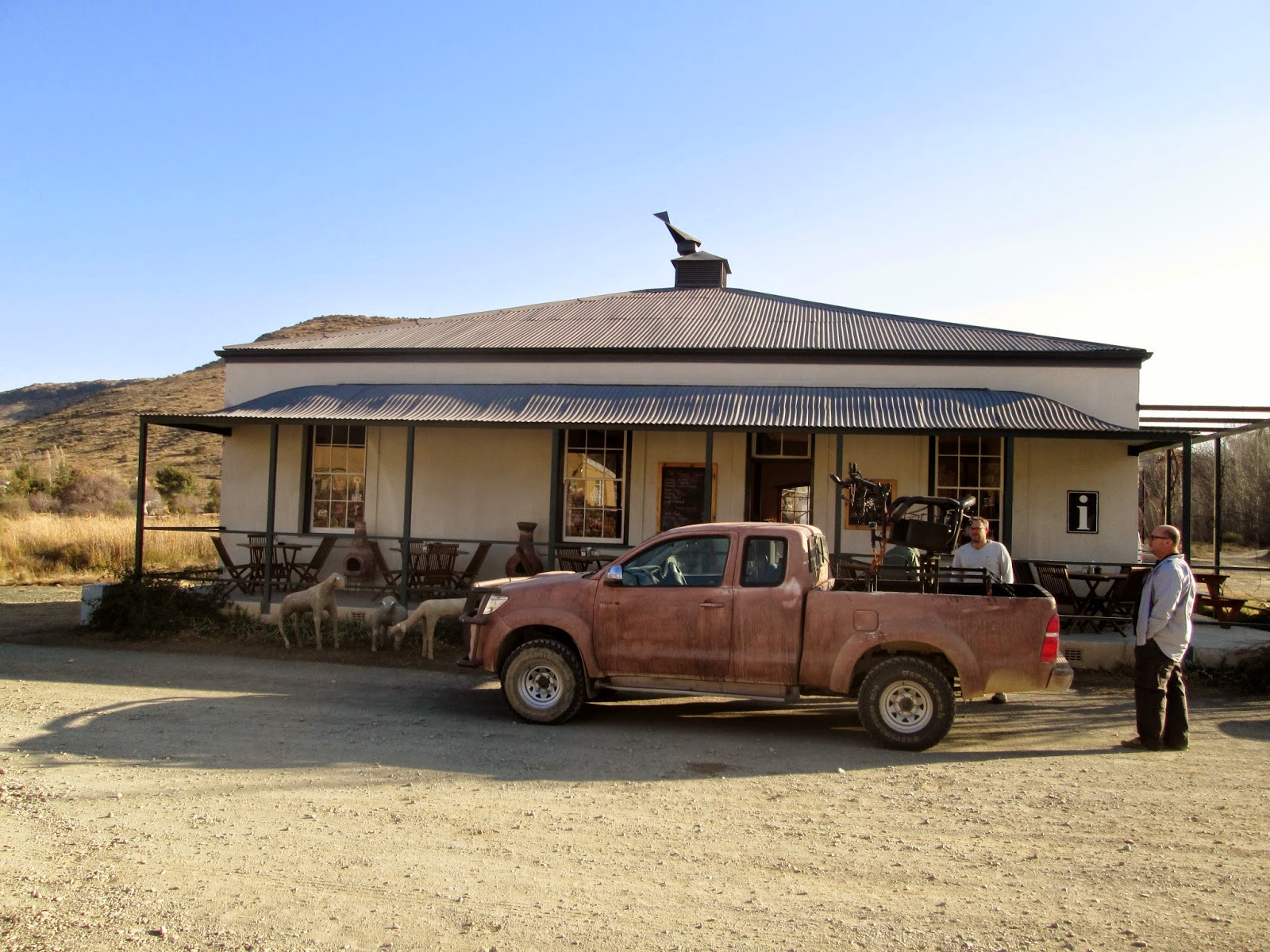Vince and I made it to the Ditsong Museum of Natural History in Pretoria just under the wire to see the 49th Annual Wildlife Photographer of the Year exhibit. We would have been sorry if we missed it too. It was fabulous!

The annual Wildlife Photographer of the Year exhibition sponsored by National Geographic Channel in South Africa ran from April 2nd until June 30 this year and as always it showcased a diverse set of wildlife images from all parts of the world and all ages. The competition received more than 43,000 entries, from amateurs and professionals alike, from 96 different countries. There were special categories for photographs taken by young photographers, ages 11 to 17, and even several in the category under 10 years old! The winners were impressive and humbling.
This year was the first time the
exhibition was hosted in Gauteng and it was very special indeed because as fate
would have it, South African photographers brought home the lion's
share of the most prestigious awards.
That included the overall winner of the exhibition Pretoria's Greg Du Toit, a friend of African Parks, for his photograph entitled "Essence of Elephants." South African Isak Pretorius was the winner of the ‘Behaviour: Birds’ category with ‘Sticky Situation.’ Fellow countryman Brent Stirton won the highly acclaimed ‘Wildlife Photojournalist Award’ for his portfolio of work on the illegal ivory trade.
 The photographs are selected through
a rigorous selection process, adjudicated by a panel of international
specialists in the field, finally narrowing it down to the best entries
based on creativity, artistry and technical complexity.The display forms
part of a worldwide tour co-owned by the Natural History Museum (NHM)
London and BBC Worldwide.
The photographs are selected through
a rigorous selection process, adjudicated by a panel of international
specialists in the field, finally narrowing it down to the best entries
based on creativity, artistry and technical complexity.The display forms
part of a worldwide tour co-owned by the Natural History Museum (NHM)
London and BBC Worldwide.
Vince and I really enjoy viewing these exhibits because they are so inspiring. Not only do the photographs list the locations and inspiration for the shots, but the photographer usually gives details as to how he / she set up the shot as well as the technical details such as exposure and f stop, camera and lens used.

The annual Wildlife Photographer of the Year exhibition sponsored by National Geographic Channel in South Africa ran from April 2nd until June 30 this year and as always it showcased a diverse set of wildlife images from all parts of the world and all ages. The competition received more than 43,000 entries, from amateurs and professionals alike, from 96 different countries. There were special categories for photographs taken by young photographers, ages 11 to 17, and even several in the category under 10 years old! The winners were impressive and humbling.
 |
| Essence of Elephants |
That included the overall winner of the exhibition Pretoria's Greg Du Toit, a friend of African Parks, for his photograph entitled "Essence of Elephants." South African Isak Pretorius was the winner of the ‘Behaviour: Birds’ category with ‘Sticky Situation.’ Fellow countryman Brent Stirton won the highly acclaimed ‘Wildlife Photojournalist Award’ for his portfolio of work on the illegal ivory trade.
 The photographs are selected through
a rigorous selection process, adjudicated by a panel of international
specialists in the field, finally narrowing it down to the best entries
based on creativity, artistry and technical complexity.The display forms
part of a worldwide tour co-owned by the Natural History Museum (NHM)
London and BBC Worldwide.
The photographs are selected through
a rigorous selection process, adjudicated by a panel of international
specialists in the field, finally narrowing it down to the best entries
based on creativity, artistry and technical complexity.The display forms
part of a worldwide tour co-owned by the Natural History Museum (NHM)
London and BBC Worldwide. Vince and I really enjoy viewing these exhibits because they are so inspiring. Not only do the photographs list the locations and inspiration for the shots, but the photographer usually gives details as to how he / she set up the shot as well as the technical details such as exposure and f stop, camera and lens used.
 |
| Simplicity |
 |
| Tiger Untrapped |
 |
| Mother's Little Headful |
Not all of the shots were as elaboratively planned. Some were just captured because the talented photographer was in the right place at the right time. Like this photograph of a crocodile mother whose babies jumped on top of her head in order to catch a ride as she surfaced out of the river. A magical moment!
 |
| True Love |
You too can order a print of some of the photographs exhibited (not nearly all unfortunately) online at www.nhm.ac.uk/prints.
















.jpg)

































